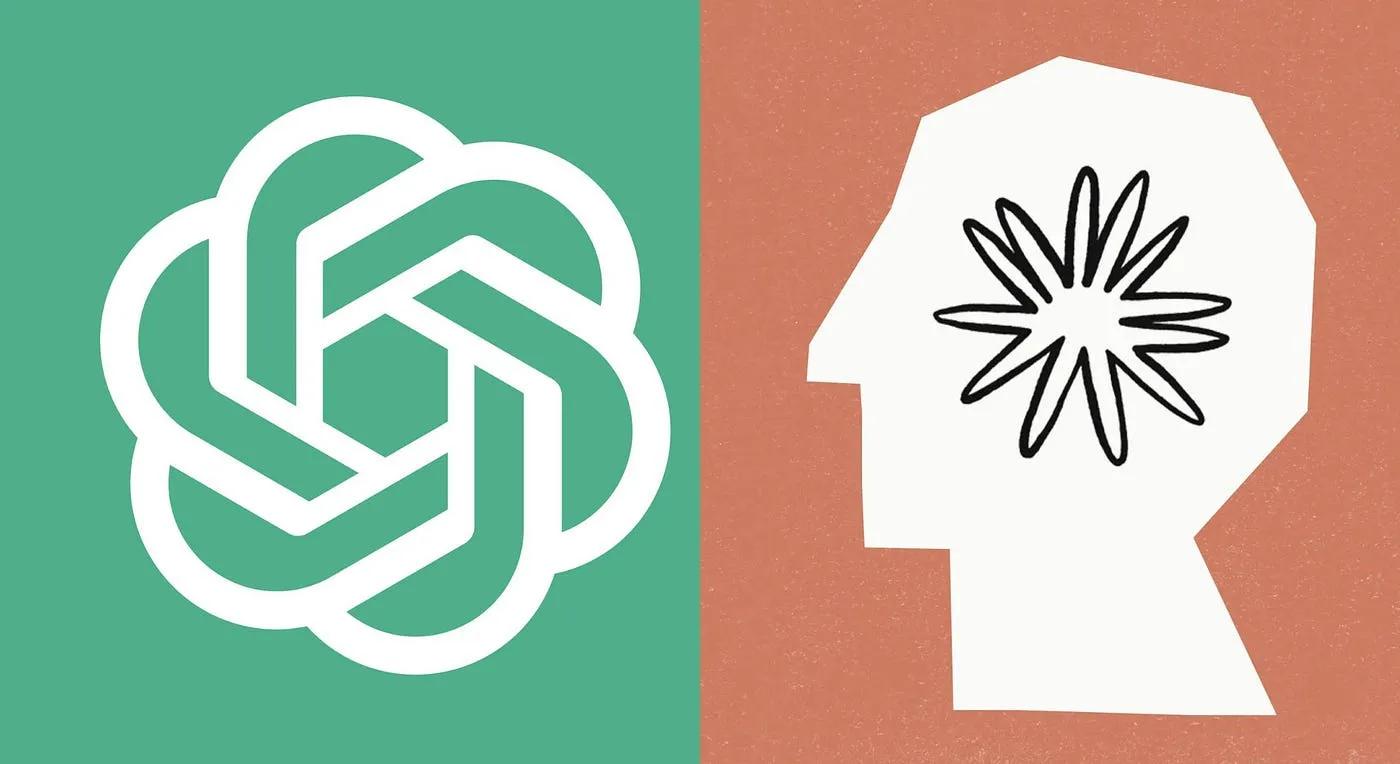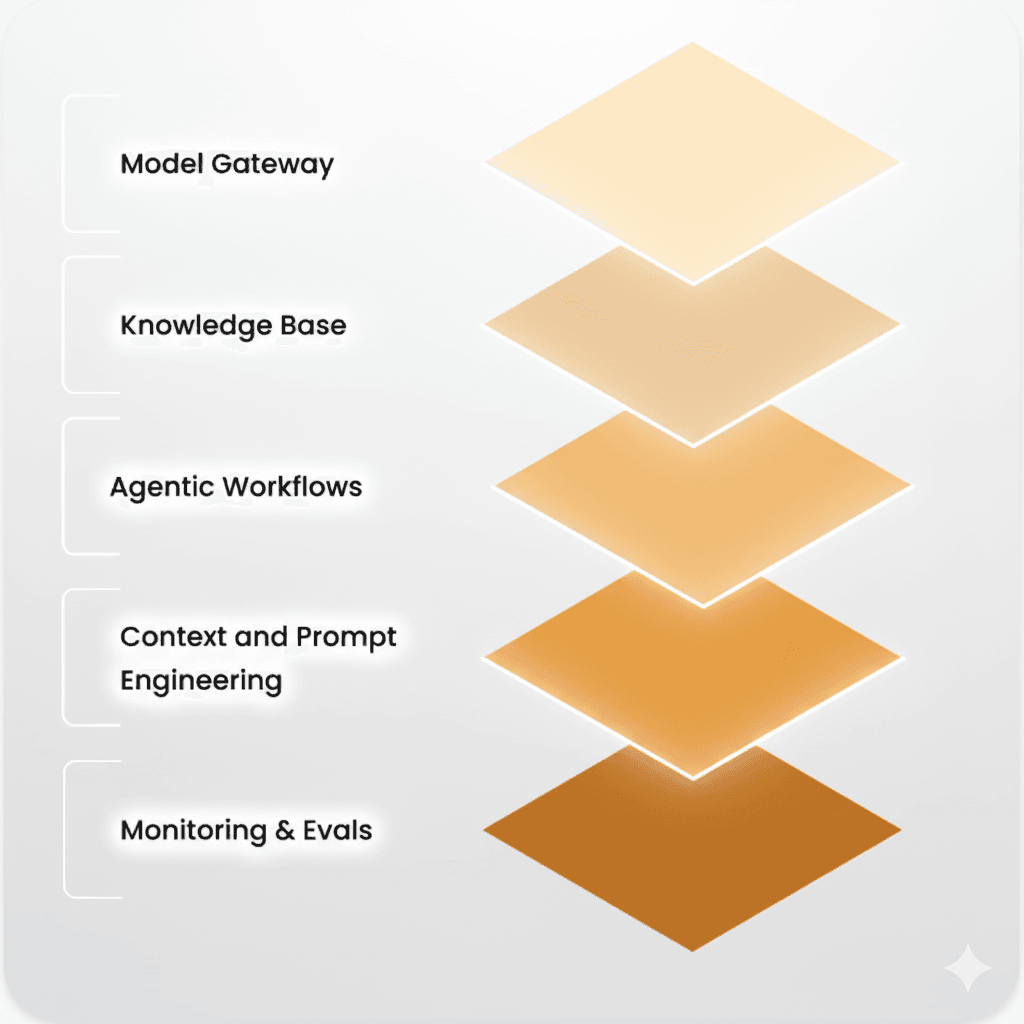
AI Tech Stack
AI writing tools have revolutionized the way professionals and creatives approach content creation, empowering teams to overcome technical hurdles and seize innovative opportunities. Leveraging DotKonnekt’s integrated, cloud-agnostic platform, enterprises can seamlessly transition from proof-of-concept to secure, production-ready applications, empowering your teams to overcome technical barriers. Two notable players in this space, Claude and ChatGPT, offer distinct advantages in content generation. This discussion provides an in‐depth comparison of these tools, focusing on their features, capabilities, and overall performance in various writing tasks. Readers will gain clarity on which tool best aligns with their unique needs, be it for creative content, academic research, or corporate communications.
Claude emerged as an AI writing assistant designed to offer contextual awareness and expressive content generation. Developed to assist enterprises in transitioning from proof-of-concept to production-ready applications, Claude is known for its ability to craft creative narratives and nuanced content. Its primary use cases span from creative writing to academic essays, making it a versatile tool for generating detailed and contextually rich outputs. Central to Claude’s approach is its emphasis on understanding context and delivering expressive results that resonate with varied audiences.
ChatGPT, on the other hand, has established itself as a structured content generator, excelling in coherence and clarity. Built to simplify complex writing tasks, ChatGPT is an ideal tool for businesses looking for structured, reliable outputs. It is particularly effective in producing content that is coherent and easy to integrate into existing workflows. Its feature set is optimized for content consistency, which is crucial for maintaining brand tone and ensuring that communications align with broader enterprise goals.
When it comes to brainstorming ideas and creative writing, both tools offer their unique strengths. Claude is adept at generating narrative and descriptive content that feels organically crafted. Its ability to weave expressive narratives makes it a standout choice for tasks that require a touch of creativity and contextual sensitivity. ChatGPT, however, specializes in generating structured content that is clear and systematic, ensuring that complex ideas are presented coherently. A side-by-side review of outputs from similar creative tasks reveals that while both tools deliver polished content, Claude’s output is often richer in artistic nuance, whereas ChatGPT provides a more framework-based approach.
Accurate proofreading and fact-checking are critical for any writing tool, especially in professional and academic environments. ChatGPT has demonstrated robust proofreading capabilities due to its systematic structure in handling tasks, enabling it to spot and correct grammatical errors effectively. Claude also offers strong proofreading capabilities, with an added emphasis on ensuring contextually accurate corrections. Although both tools serve well in maintaining content integrity, user reviews indicate that ChatGPT's proofs tend to be more straightforward while Claude’s corrections are interwoven with greater context sensitivity.
When it comes to accessibility, both tools are available on multiple platforms, including web and mobile interfaces, ensuring that users have access to them regardless of their operating environment. Additionally, the customer support and community resources provided for each platform offer users valuable assistance and guidance, further simplifying the process of integrating these AI writing solutions into existing workflows.
It depends on your specific needs. ChatGPT excels in generating structured and coherent content, while Claude is known for its contextual awareness and expressive output.
Claude Pro offers advanced features and more customization options, which can be beneficial for professional writers.
Yes, Claude AI can produce well-structured and contextually aware essays, making it a good choice for academic writing.
Claude AI is a strong contender, especially for those who need more expressive and contextually aware content. However, the best tool depends on your specific writing needs.
Both Claude and ChatGPT offer integration capabilities that align with enterprise workflows. They can be embedded into existing software infrastructures, providing seamless and efficient content creation processes.
In summary, understanding the strengths and nuances of both Claude and ChatGPT enables decision-makers to select the tool that best aligns with their writing goals. Claude’s penchant for creative expression makes it ideal for narrative-driven projects, while ChatGPT’s strength in structured output ensures clarity and consistency in professional communications. Looking ahead, the evolution of AI writing tools promises even greater enhancements in productivity and innovation, providing enterprises with the means to fully leverage integrated AI platforms for content creation. Dotkonnekt’s enterprise-grade security, full-stack capabilities, and rapid application development further solidify its position as a leading enabler of AI-driven content solutions.
Both Claude and ChatGPT are designed with user-centric interfaces that enhance the writing experience. ChatGPT's interface is noted for its simplicity and ease of use, allowing users to generate structured content quickly. Claude’s interface, while equally accessible, offers a range of customization options that support more creative and detailed content adjustments. The flexibility provided by both platforms means that they can be integrated into various existing software infrastructures seamlessly, providing companies with the operational control and security they require. Additionally, dotkonnekt’s secure, scalable, and cloud-agnostic architecture synergizes with these AI writing solutions to enhance workflow optimization.
Claude sets itself apart with features that prioritize contextual awareness. It is ideal for writers looking to produce content with a more narrative or expressive touch, enabling a natural, creative flow. ChatGPT excels in delivering coherent and structured outputs which can be easily tailored for systematic content creation, making it a valuable asset for corporate and academic communications.
Expert Tip: Maximizing AI Writing Tools
Did You Know? Leveraging the unique strengths of both Claude and ChatGPT can enhance your writing process. Use Claude for its contextual awareness and expressive output, while ChatGPT excels in generating structured and coherent content.
In academic settings, the need for both creativity and accuracy is paramount. Claude handles academic writing tasks with a flair for narrative detail, producing well-structured and contextually aware essays. This makes it well-suited for research papers that benefit from a balance of factual reporting and narrative insight. ChatGPT, while equally competent, tends to focus on delivering clear, concise content that adheres strictly to academic standards, making it a reliable option for crafting research proposals and academic reports.
For business content creation, including marketing copy, blogs, and reports, both AI writing tools offer significant benefits. ChatGPT’s ability to produce structured, coherent content ensures that professional communications are consistent and articulate. Meanwhile, Claude adds a creative dimension, making it an excellent choice for sophisticated marketing materials and storytelling that engages audiences on an emotional level. In creative projects such as screenplays or fiction writing, the expressive nature of Claude’s outputs offers a compelling advantage, whereas ChatGPT maintains a focus on logical flow and clarity.
The pricing structures for both Claude and ChatGPT are designed to cater to a wide range of users, from those experimenting with AI writing tools to enterprises that require advanced functionalities. Both platforms offer free iterations alongside premium versions that incorporate more sophisticated features and extensive customization options. This tiered approach allows organizations to choose the solution that best fits their scale and security requirements.


